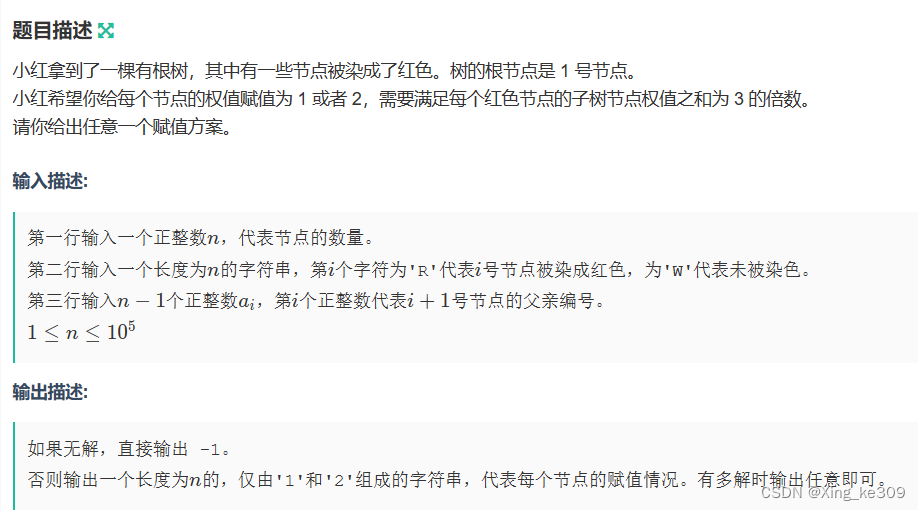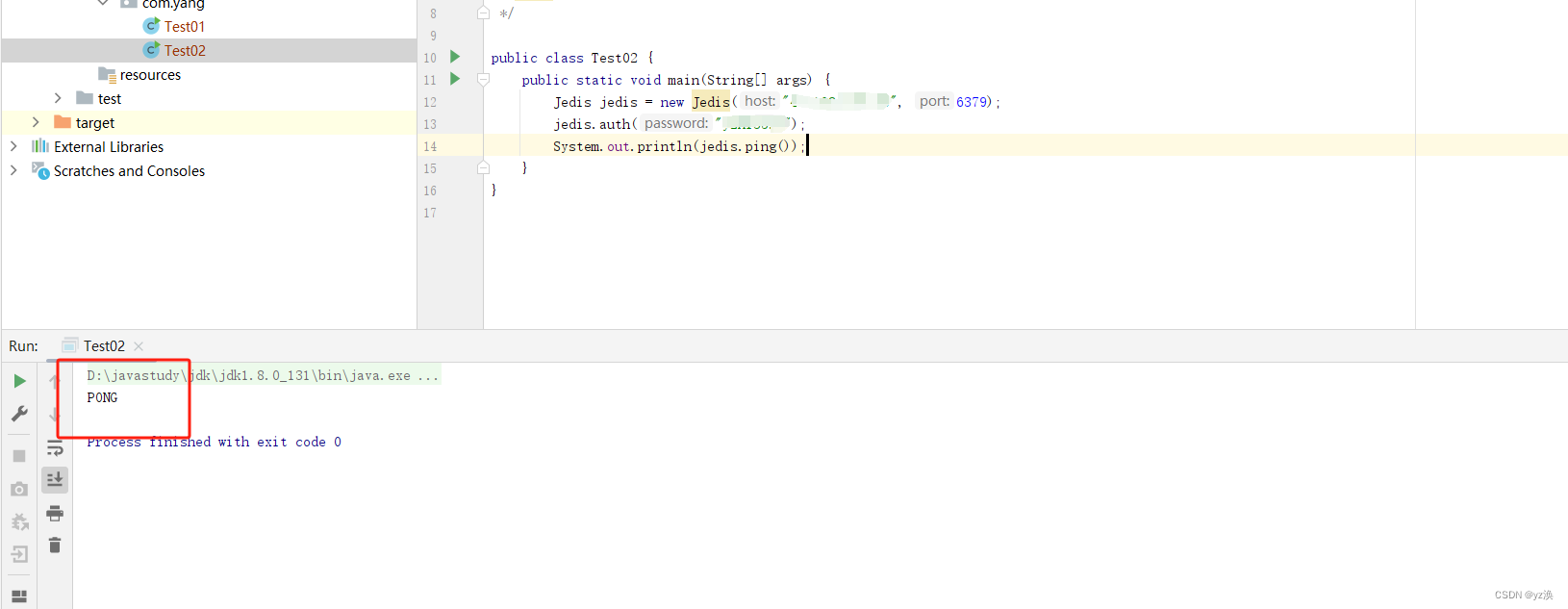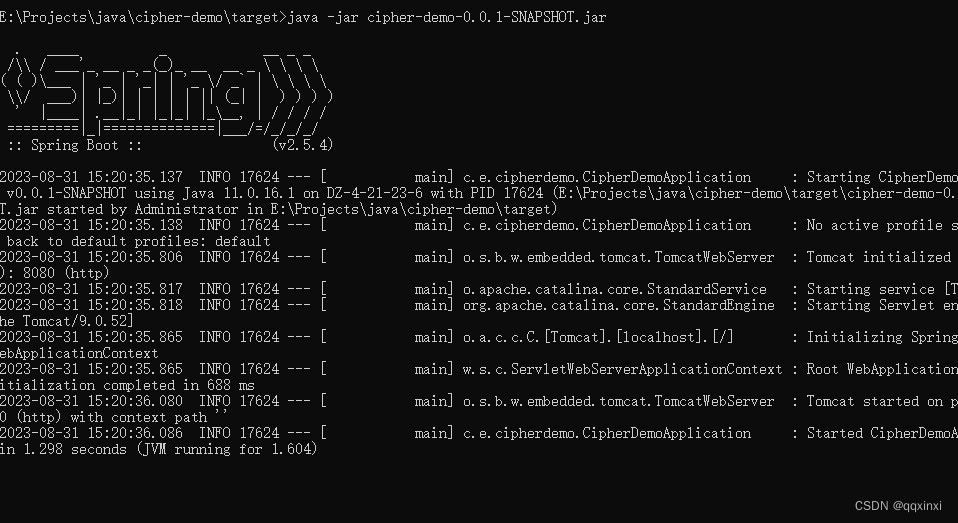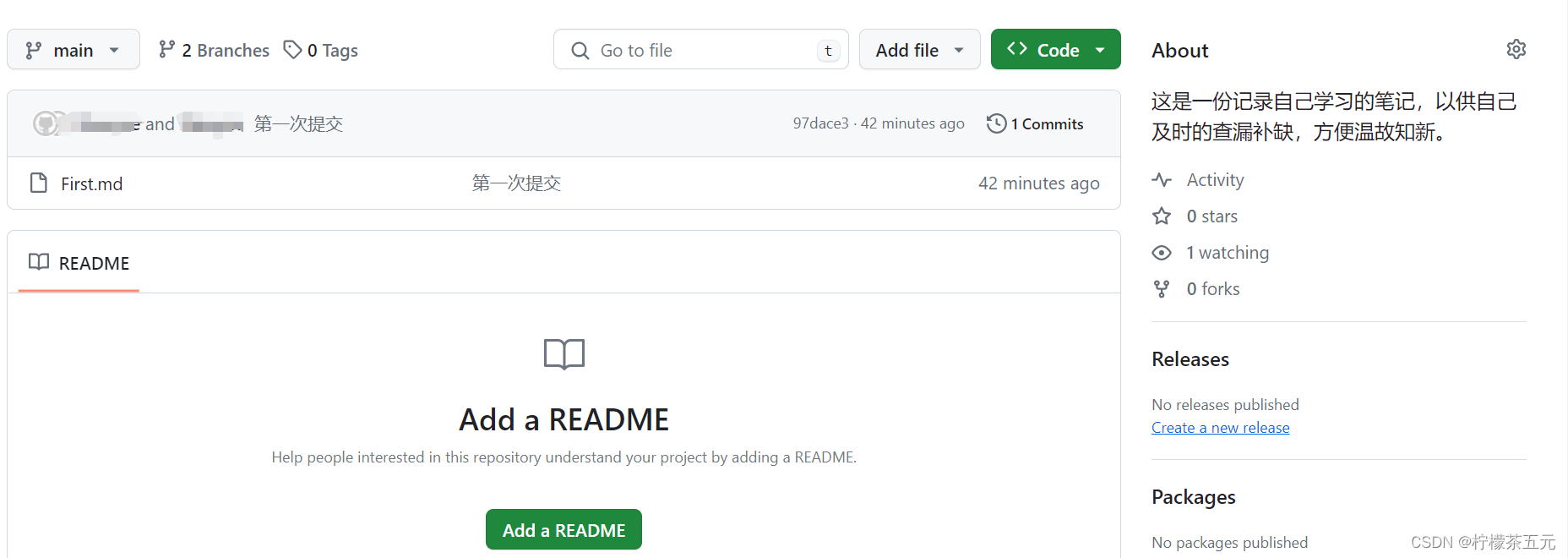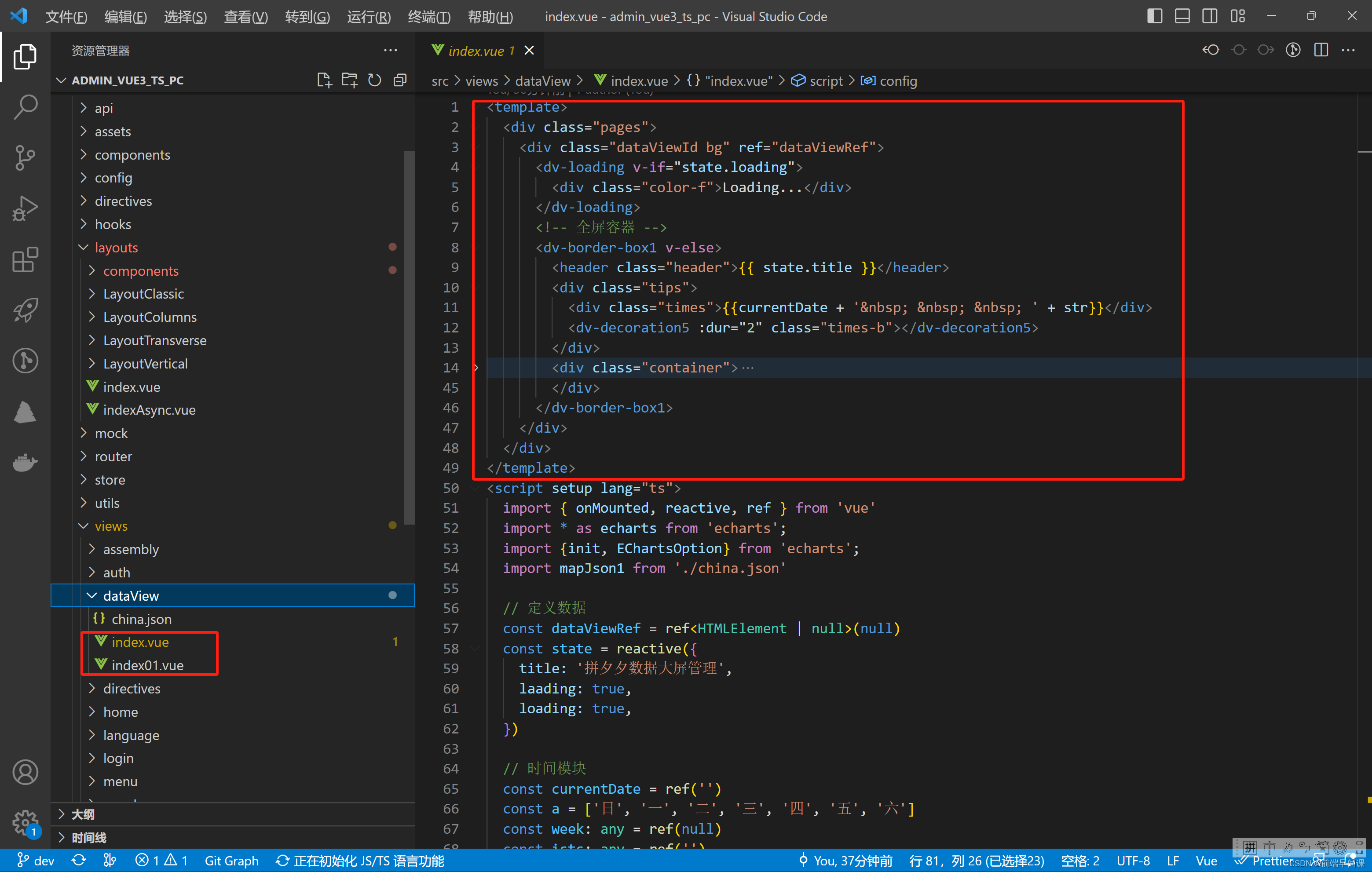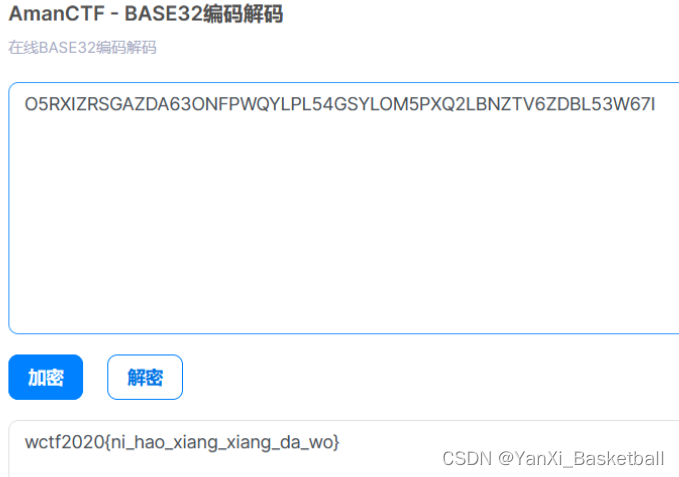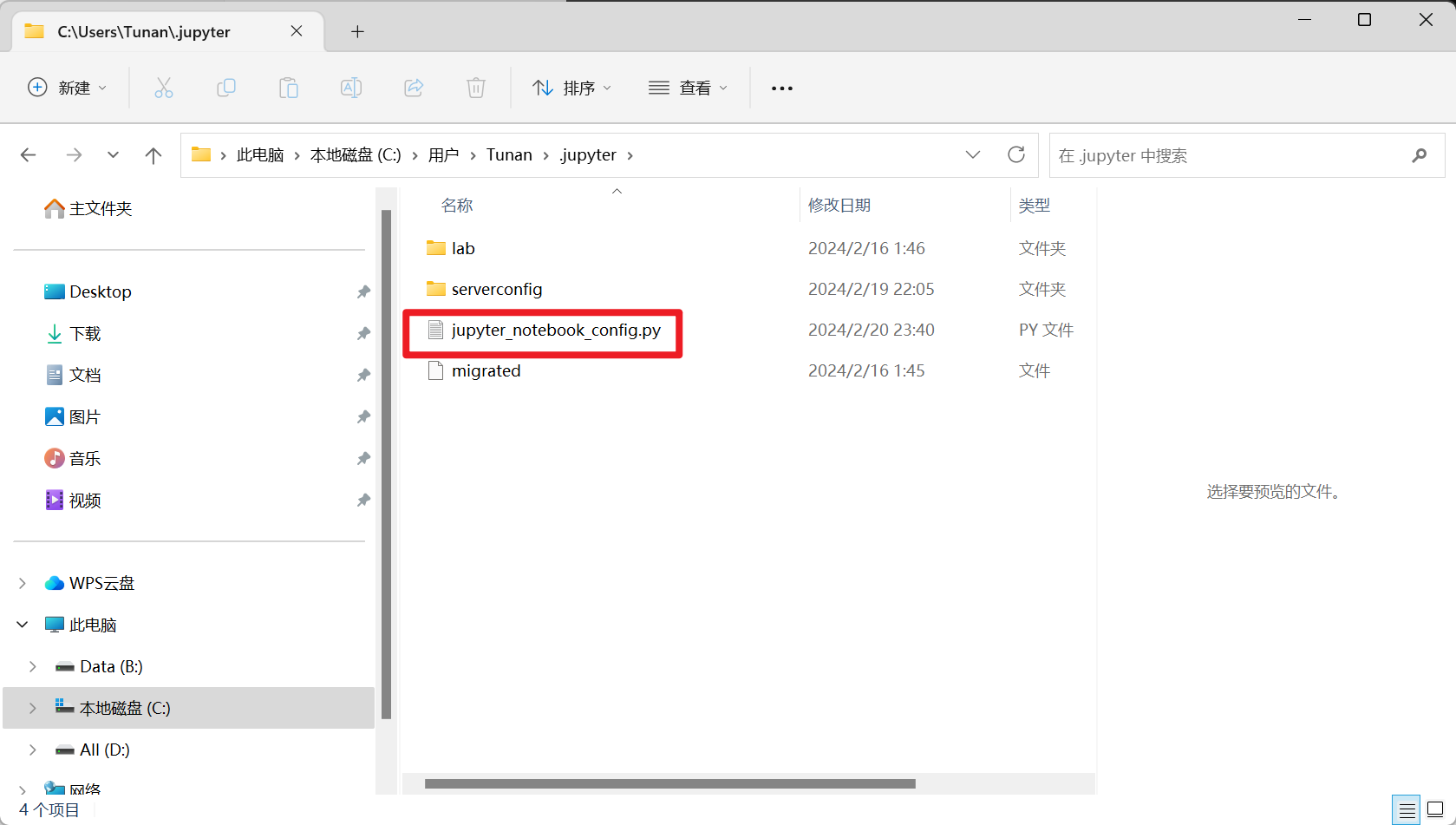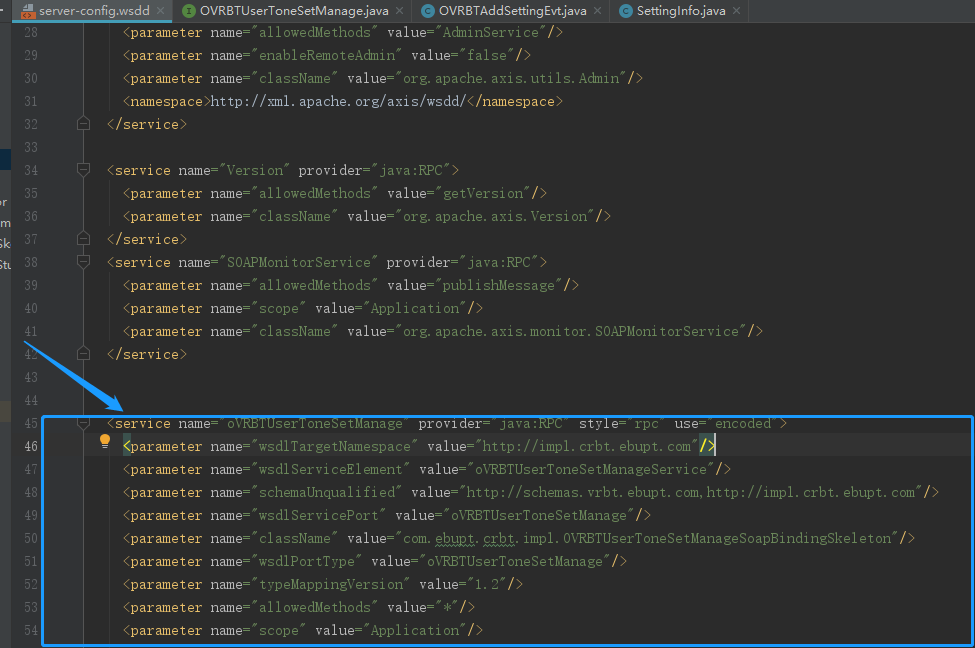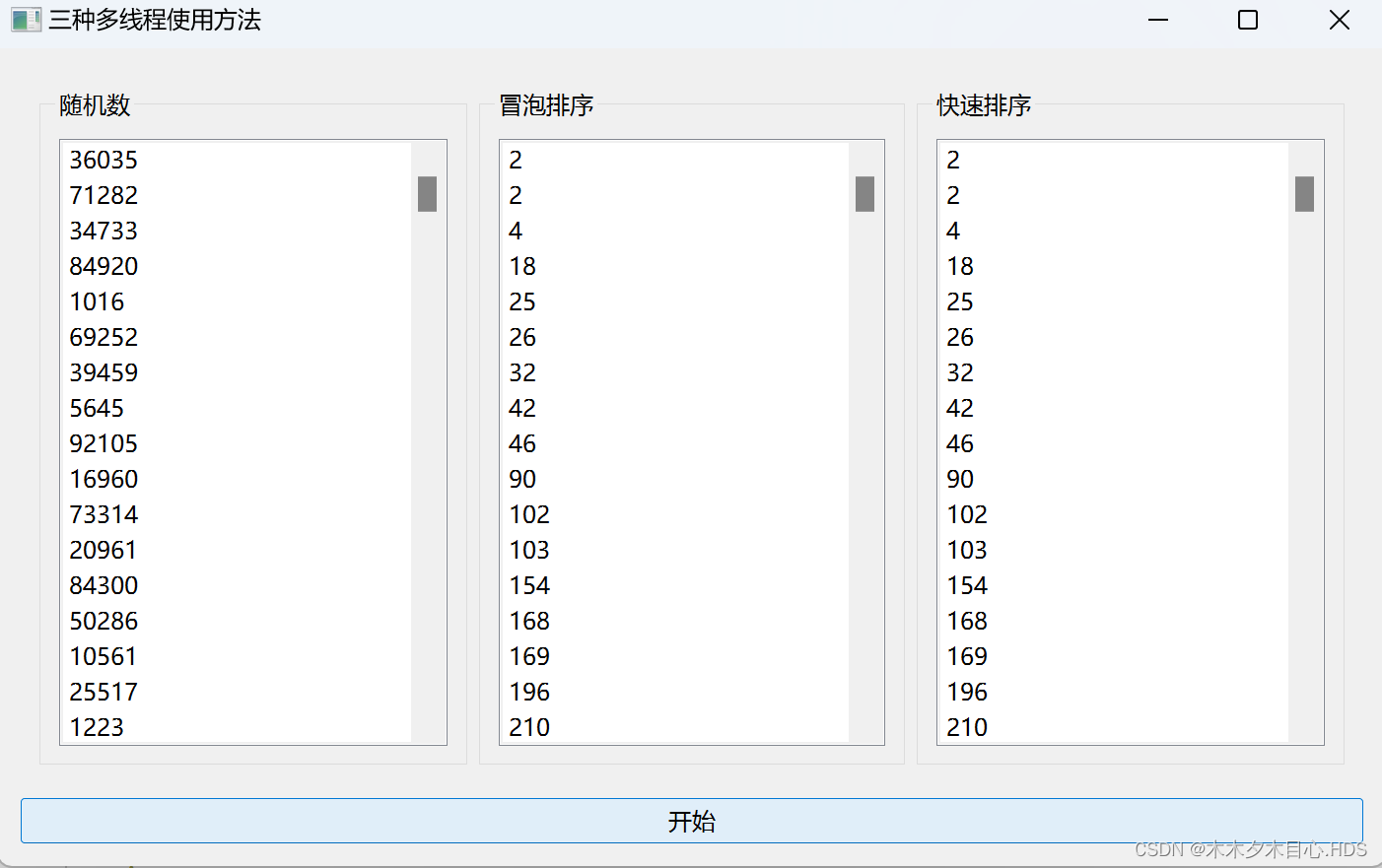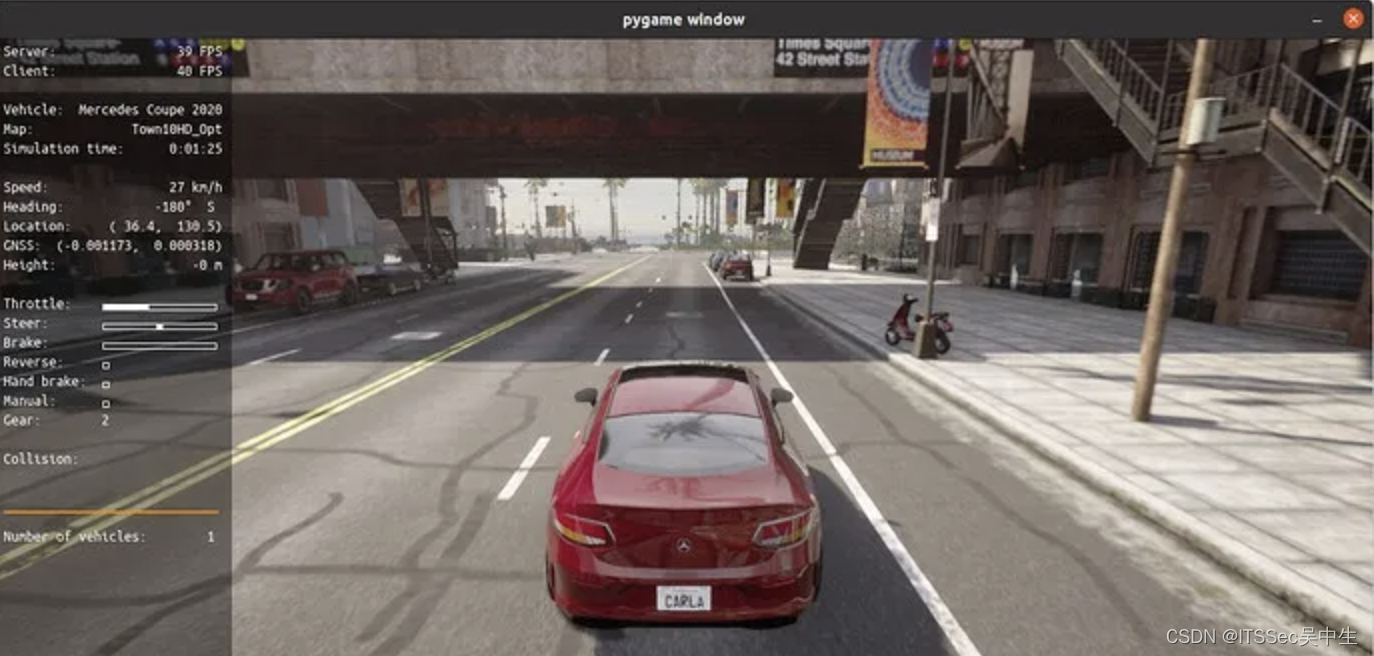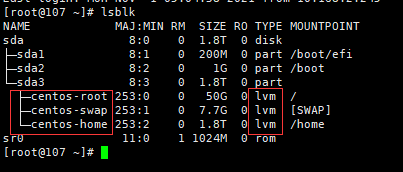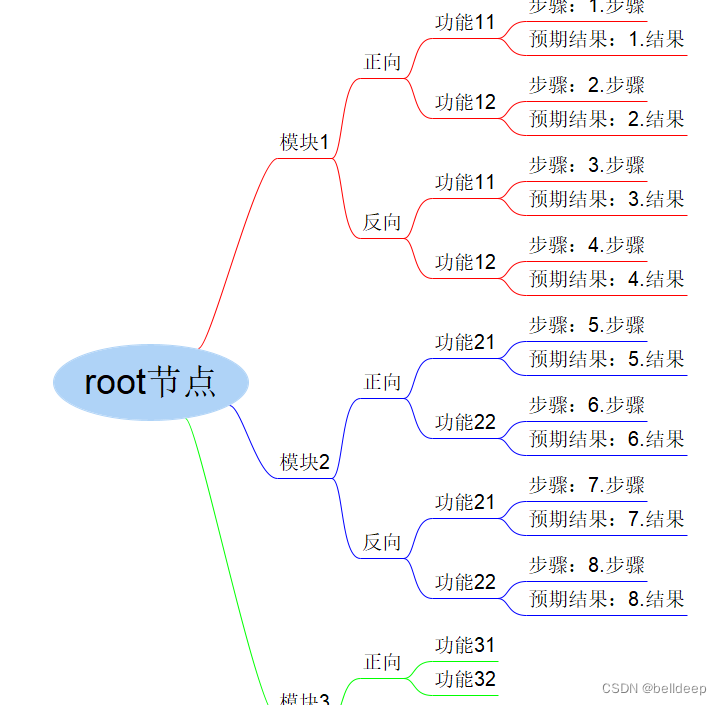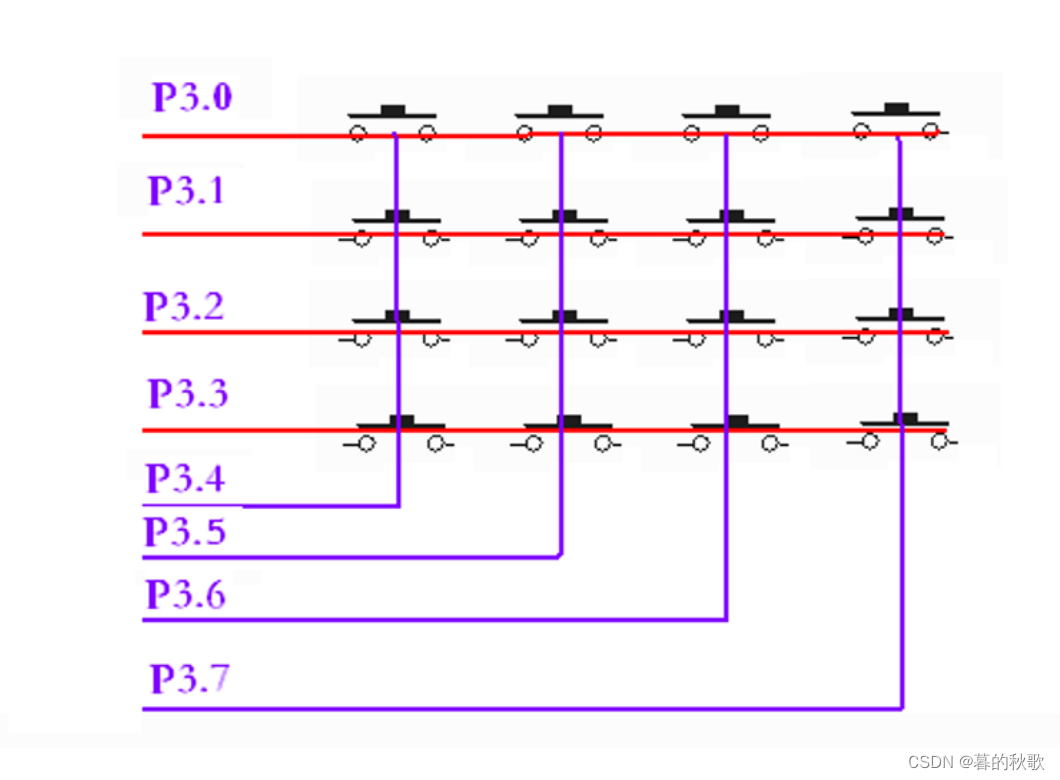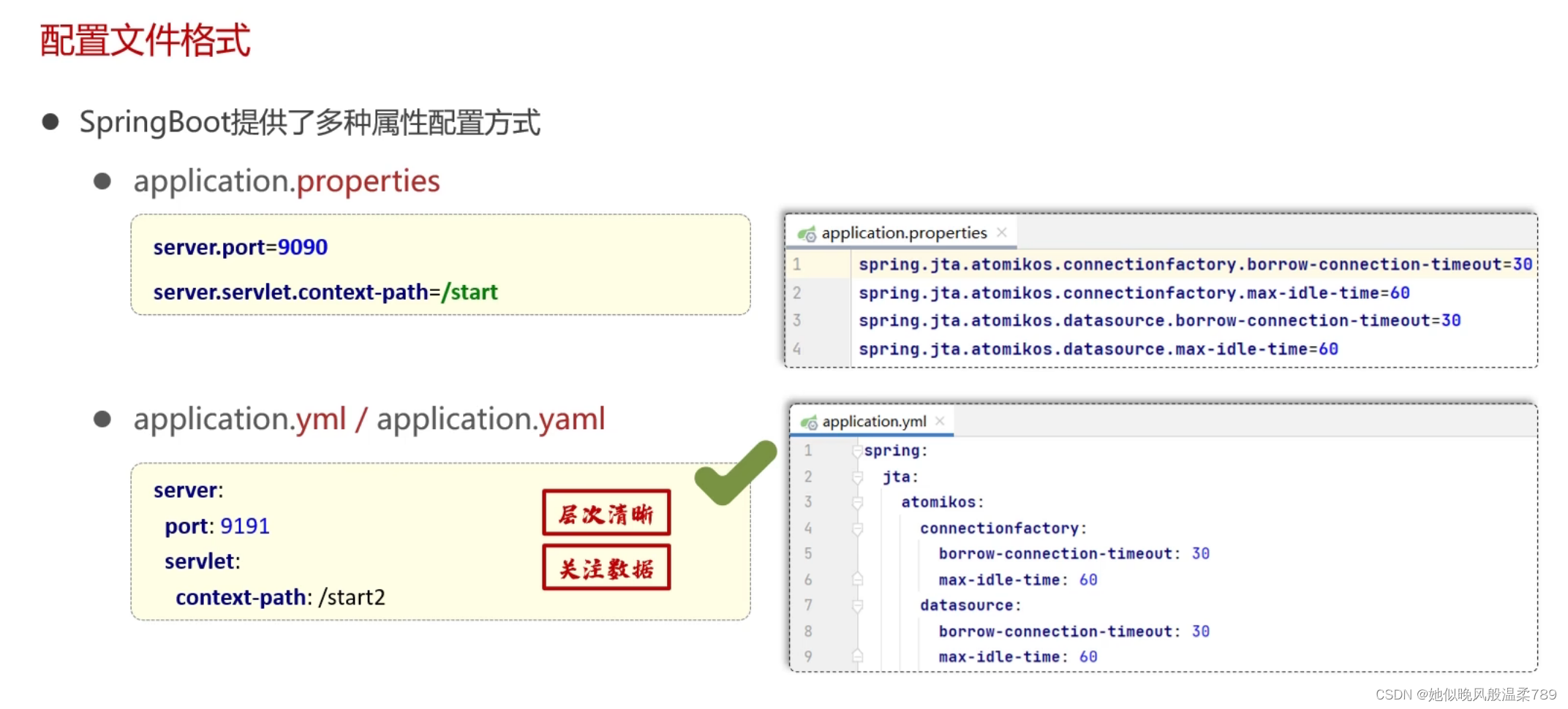解题思路
- 对于一个以染成红色的点为根的子树,要使其权值之和为3的倍数
- 则与其子树中的红色点无关,至于白色点数有关
- 若除去子树中的红色点后,剩余包括其自身共有k个
- 若
,则无解,即只有一个红色叶子点
- 若
,则除自身为2外,子树中还要有一个白点为2,其余为1
- 若
,则除自身为2外,子树中白点全为1
- 若
,则全为1
- 不用建树,用并查集维护集合,集合要么是全为白色,要么至多有一个红色
- 对于白点向红色点的连边,并查集不用合并
import java.io.*;
import java.math.BigInteger;
import java.util.Arrays;
import java.util.BitSet;
import java.util.HashMap;
import java.util.HashSet;
import java.util.Iterator;
import java.util.LinkedList;
import java.util.Map;
import java.util.PriorityQueue;
import java.util.Queue;
import java.util.Random;
import java.util.Stack;
import java.util.StringTokenizer;
import java.util.Vector;
public class Main{
static long md=(long)998244353;
static long Linf=Long.MAX_VALUE/2;
static int inf=Integer.MAX_VALUE/2;
static int[] fa;
static int[] size;
static int find(int x) {
if(x==fa[x])return x;
else return fa[x]=find(fa[x]);
}
public static void main(String[] args) throws IOException{
AReader input=new AReader();
PrintWriter out = new PrintWriter(new OutputStreamWriter(System.out));
int n=input.nextInt();
String string=" "+input.next();
char[] s=string.toCharArray();
fa=new int[n+1];
size=new int[n+1];
for(int i=1;i<=n;++i) {
fa[i]=i;
size[i]=1;
}
for(int i=2;i<=n;++i) {
int x=input.nextInt();
if(s[i]=='R')continue;
int fx=find(x);
int fy=find(i);
if(fx!=fy) {
fa[fy]=fx;
size[fx]+=size[fy];
}
}
int[] needtwo=new int[n+1];
int[] ans=new int[n+1];
boolean ok=true;
for(int i=1;i<=n;++i) {
if(fa[i]!=i) {
int x=fa[i];
if(needtwo[x]!=0) {
needtwo[x]--;
ans[i]=2;
}else {
ans[i]=1;
}
continue;
}
int sheng=size[i]%3;
if(sheng==0) {
ans[i]=1;
}else if(sheng==1){
if(size[i]==1&&s[i]=='R') {
ok=false;
break;
}
needtwo[i]=1;
ans[i]=2;
}else if(sheng==2){
ans[i]=2;
}
}
if(!ok)out.print("-1");
else {
for(int i=1;i<=n;++i) {
out.print(ans[i]);
}
}
out.flush();
out.close();
}
//System.out.println();
//out.println();
static
class AReader{
BufferedReader bf;
StringTokenizer st;
BufferedWriter bw;
public AReader(){
bf=new BufferedReader(new InputStreamReader(System.in));
st=new StringTokenizer("");
bw=new BufferedWriter(new OutputStreamWriter(System.out));
}
public String nextLine() throws IOException{
return bf.readLine();
}
public String next() throws IOException{
while(!st.hasMoreTokens()){
st=new StringTokenizer(bf.readLine());
}
return st.nextToken();
}
public char nextChar() throws IOException{
//确定下一个token只有一个字符的时候再用
return next().charAt(0);
}
public int nextInt() throws IOException{
return Integer.parseInt(next());
}
public long nextLong() throws IOException{
return Long.parseLong(next());
}
public double nextDouble() throws IOException{
return Double.parseDouble(next());
}
public float nextFloat() throws IOException{
return Float.parseFloat(next());
}
public byte nextByte() throws IOException{
return Byte.parseByte(next());
}
public short nextShort() throws IOException{
return Short.parseShort(next());
}
public BigInteger nextBigInteger() throws IOException{
return new BigInteger(next());
}
public void println() throws IOException {
bw.newLine();
}
public void println(int[] arr) throws IOException{
for (int value : arr) {
bw.write(value + " ");
}
println();
}
public void println(int l, int r, int[] arr) throws IOException{
for (int i = l; i <= r; i ++) {
bw.write(arr[i] + " ");
}
println();
}
public void println(int a) throws IOException{
bw.write(String.valueOf(a));
bw.newLine();
}
public void print(int a) throws IOException{
bw.write(String.valueOf(a));
}
public void println(String a) throws IOException{
bw.write(a);
bw.newLine();
}
public void print(String a) throws IOException{
bw.write(a);
}
public void println(long a) throws IOException{
bw.write(String.valueOf(a));
bw.newLine();
}
public void print(long a) throws IOException{
bw.write(String.valueOf(a));
}
public void println(double a) throws IOException{
bw.write(String.valueOf(a));
bw.newLine();
}
public void print(double a) throws IOException{
bw.write(String.valueOf(a));
}
public void print(char a) throws IOException{
bw.write(String.valueOf(a));
}
public void println(char a) throws IOException{
bw.write(String.valueOf(a));
bw.newLine();
}
}
}
